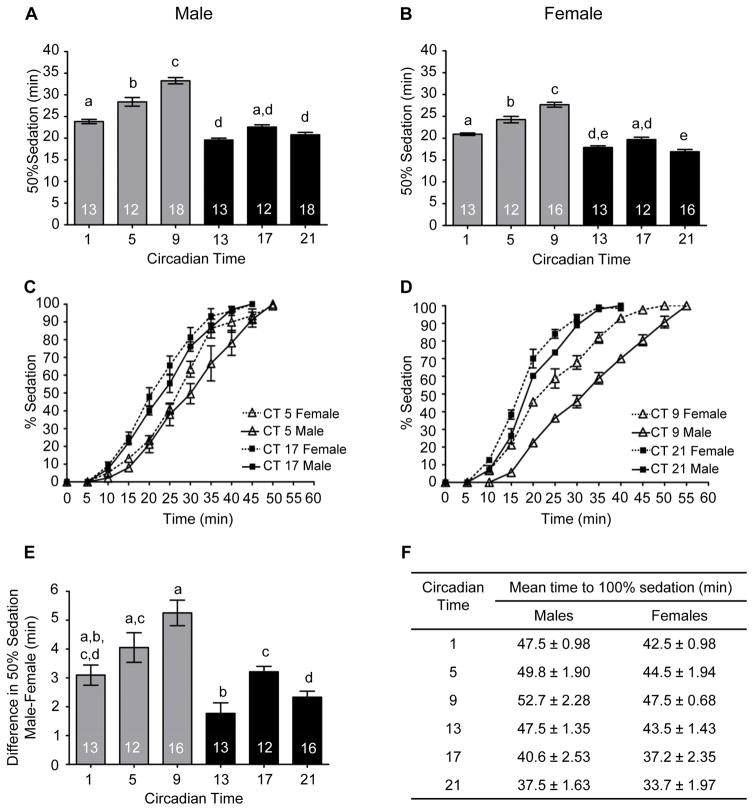Figure 6. The circadian clock differentially affects sensitivity to alcohol-induced sedation in males and females.
(A) The time to 50% sedation for males was circadianly regulated (ANOVA: F5, 80 = 71.25, p < 0.0001). (B) Circadian rhythm in sedation for females (ANOVA: F5, 76 = 66.20, p < 0.0001). (C) The complete sedation time courses for males and females at CT 5 and 17 and (D) CT 9 and 21. (E) The difference in sensitivity of males and females to alcohol sedation was regulated by the circadian clock observed (ANOVA: F5, 75 = 12.52, p < 0.0001). (F) Mean time for 100% of the males (ANOVA: F5, 80 = 61.95, p < 0.0001) and females (ANOVA: F5, 76 = 58.19, p < 0.0001) to reach sedation was circadianly regulated.

